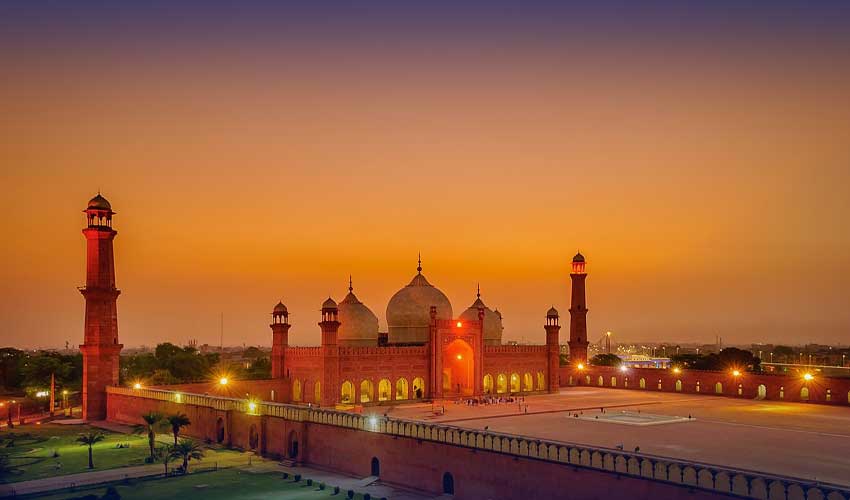As Canada heads to the polls on Monday, the final stretch of the election campaign has been dominated by fiery rhetoric, strategic pivots, and a lingering specter from south of the border—US President Donald Trump.
With just two days remaining before voters cast their ballots, Prime Minister Mark Carney and Conservative leader Pierre Poilievre are making their final appeals in key battleground districts, as the race tightens in the wake of a US trade war that has shocked Canadians. Carney’s Liberal Party, which has made significant gains since former Prime Minister Justin Trudeau's announcement of his resignation in January, now finds itself in a fierce contest with Poilievre’s Conservatives.
Carney’s Path to Victory: A Dramatic Turnaround
A victory for Carney’s Liberals would mark one of the most dramatic political turnarounds in Canadian history. Just four months ago, the Liberals trailed Poilievre’s Conservatives by more than 20 percentage points, with many pundits predicting a Conservative win. But the dynamics of the campaign shifted following a series of confrontational moves from Trump.
The US president’s imposition of stiff tariffs on Canadian goods, coupled with his inflammatory rhetoric about potentially absorbing Canada into the United States, sparked outrage across the country. Trump’s aggressive stance has prompted widespread protests, including booing the US national anthem at sporting events and a noticeable decline in cross-border travel.
In response to Trump’s actions, Carney, who replaced Trudeau as Liberal leader in March, has campaigned vigorously on a platform of standing firm against the US president’s trade war. With his background as a former governor of both the Bank of Canada and the Bank of England, Carney has positioned himself as the candidate best equipped to defend Canada’s interests in a volatile international environment.
On Saturday, Carney campaigned in Ontario, a key swing province where Liberal and Conservative support has traditionally fluctuated. Speaking to supporters in Mississauga, Carney called out Trump for “literally rupturing the global economy,” accusing him of betraying Canada with his trade policies.
“We don’t need chaos, we need calm. We don’t need anger, we need an adult,” Carney told a crowd of enthusiastic voters. His remarks were aimed squarely at Poilievre, whom he has accused of lacking the necessary experience to lead Canada through the current economic turmoil.
Poilievre’s Focus on Affordability
For Poilievre, the final days of the campaign have been an exercise in shifting the focus away from Trump and back to the issues that have driven anger toward the Liberals over the past decade, particularly the rising cost of living. The Conservative leader has campaigned relentlessly on the promise of change, urging Canadians to reject the “failed policies” of the Liberals, who he claims have mismanaged the economy.
On Saturday, Poilievre was campaigning in British Columbia, where he delivered a fiery speech to supporters in Delta. “You cannot handle another four years of this,” Poilievre told the crowd, reiterating his message that Carney represents a continuation of Trudeau’s leadership.
Poilievre, who has served in Parliament for two decades, has also acknowledged the challenges posed by Trump’s protectionist policies but has placed the blame squarely on the Liberals for failing to protect Canada’s economy. He has argued that under Trudeau, Canada’s economic performance has faltered, leaving the country vulnerable to foreign pressures.
A Tightening Race
Despite Carney’s lead in the polls, the race has tightened in its final days. The CBC’s poll aggregator, which had given the Liberals a seven-to-eight point lead in the early stages of the campaign, now places Liberal support at 42.5 percent, just ahead of Poilievre’s Conservatives, who are at 38.7 percent.
Polling data suggests that the New Democrats and the Bloc Quebecois, who have historically garnered support from the left, may not have the same impact this time, which could work in the Liberals’ favor. A record 7.3 million Canadians have cast early ballots, a 25 percent increase from the last election, indicating strong voter engagement.
The Campaign’s Unpredictable Turn
Political analysts have described the campaign as “strange” and full of unexpected developments. Daniel Beland, a political scientist at McGill University, noted that Conservative efforts to redirect attention from Trump have largely fallen flat.
“The Tories hoped the campaign would focus on affordability, but the Trump factor has overshadowed their message,” Beland said. Tim Powers, another political analyst, agreed that Poilievre’s original vision of the campaign has been disrupted by the sudden shift in leadership from Trudeau to Carney. “Poilievre envisioned a campaign where Justin Trudeau would be his opponent, but now he finds himself battling Carney,” he said.
As Canadians prepare to vote, the winner of this election will likely be determined by who can best navigate the charged atmosphere created by Trump’s policies and offer a clear path forward for the country. With polls set to close on Monday, the results are expected to be known within hours, but not before the final pitches have been made.
Key Battlegrounds
Both Carney and Poilievre are heavily focused on Ontario and Quebec, provinces that will be crucial in determining the outcome. For Carney, a victory here could cement his place as a steady hand in times of international crisis, while Poilievre is hoping to gain ground in traditionally Liberal strongholds by appealing to Canadians’ economic frustrations.
The next 48 hours will be crucial as both leaders make their final appeals to voters in what has been one of the most unpredictable elections in Canadian history.



























